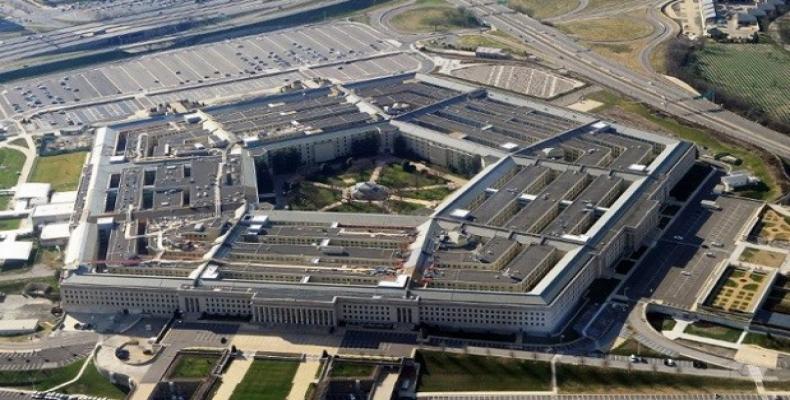Washington, August 5 (RHC)-- The American Civil Liberties Union (ACLU) has raised concerns about the Pentagon’s use of surveillance balloons to monitor residents of certain states in the U.S. Midwest.
The British daily "The Guardian" reveals that the U.S. defense department has been flying up to 25 balloons from South Dakota, and would use them to cover large parts of parts of neighboring states Minnesota, Iowa, Wisconsin, Missouri and Illinois.
The aircraft are apparently tested and controlled by the U.S. Southern Command (SOUTHCOM), which is responsible for disaster response, intelligence operations and security cooperation in the Caribbean and Central and South America.
As a joint effort by the U.S. army, navy, air force and other forces, the SOUTHCOM’s key roles is identifying and intercepting drug shipments that are headed for American territories. The South Dakota chapter of the ACLU said over the weekendthat it had concerns about the possible effects the data captured by the high-altitude balloons will have on people’s privacy.
“Technology like this runs the risk of turning South Dakota into a surveillance state and violating the privacy of every South Dakotan,” said Libby Skarin, policy director for the ACLU of South Dakota.
“We’re not talking about closed-circuit TV cameras or camera in discrete places. This is area-wide surveillance that essentially creates a pervasive checkpoint over entire cities and metro area," she said.
Skarin said the Pentagon needed to be clear about what information the balloons were collecting and “what they’re doing with the information.” The balloons were allowed to fly over the region from mid-July until September, according to Federal Communications Commission (FCC) filings obtained by the Guardian.
One filing made on behalf of the Sierra Nevada Corporation, an aerospace and defense company, stated that the balloons would be flying in the stratosphere at altitudes of up to 65,000 ft (around 20,000 meters).
The balloons would “provide a persistent surveillance system to locate and deter narcotic trafficking and homeland security threats,” one FCC document read. The aircraft have a host of sophisticated sensors aboard, including a synthetic aperture radar that detects every moving car or boat across a 25-mile swath beneath it. They are also capable of communicating with each other and exchanging data with ground stations.
Jay Stanley, a senior policy analyst at the ACLU, said wide-area surveillance of this kind was not necessary. “Even in tests, they’re still collecting a lot of data on Americans: who’s driving to the union house, the church, the mosque, the Alzheimer’s clinic,” he said. “We should not go down the road of allowing this to be used in the United States and it’s disturbing to hear that these tests are being carried out... and by the military no less.”


